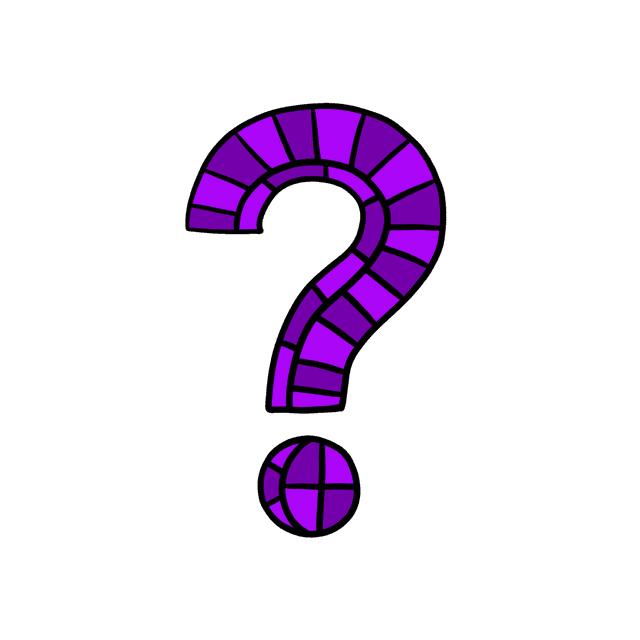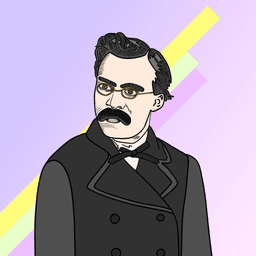Am vs. Im
Navigating the nuances of German can be tricky, especially with small words that pack a punch. This article breaks down the subtle yet significant differences between 'am' and 'im', making it easier for beginners to grasp.

In German, prepositions can be a bit tricky for beginners, especially when two of them seem to mean similar things. Today, we're looking at an and in, two words that often confuse learners because they both can translate to "in" or "at" in English. But don't worry, we're here to clear things up in a simple way.
The Basics of "An"
The preposition an is often used to describe a position that is close to or alongside something, much like the English "on" or "at" when used for surfaces or borders. It's also used to indicate something that is by or next to a vertical surface. For instance:
- Das Bild hängt an der Wand. (The picture hangs on the wall.)
- Wir stehen an der Haltestelle. (We are standing at the bus stop.)
You can think of an as being used when something touches or leans against a surface or edge.
Getting to Know "In"
On the other hand, in is used more like "in" or "into" in English and is used for locations within enclosed spaces or areas. It implies being inside or entering something:
- Ich bin in der Schule. (I am at school.)
- Wir gehen in den Park. (We are going into the park.)
So, in is your go-to when talking about being inside or surrounded by something.
Key Differences
While both an and in can describe locations, the key difference lies in their specific uses:
- Use an when referring to positions next to or along surfaces, especially vertical ones.
- Use in for being within enclosed or defined spaces.
Helpful Examples
To make it even clearer, here are a few more examples:
- Sie wohnt an einem großen See. (She lives by a large lake.)
- Er ist in einem Meeting. (He is in a meeting.)
A Tip to Remember
A good way to remember the difference is to visualize an as being at the edge or surface of something, while in is more about being surrounded by something.
Understanding the distinction between an and in will help you become more precise in your German. It's all about the context and the physical relationship of the objects you're talking about. With a bit of practice, you'll start to feel more confident about when to use each one.




